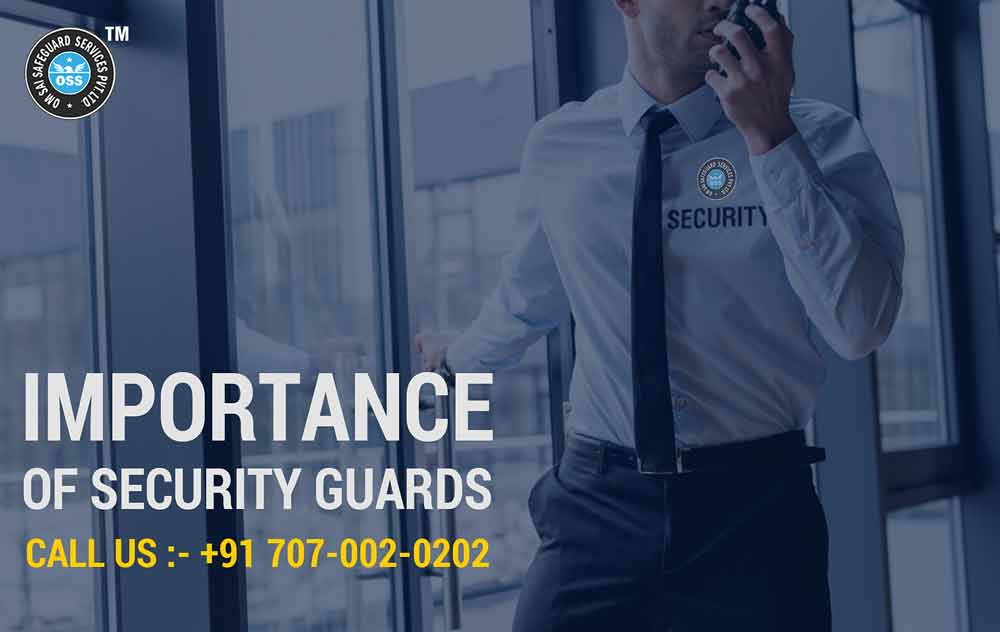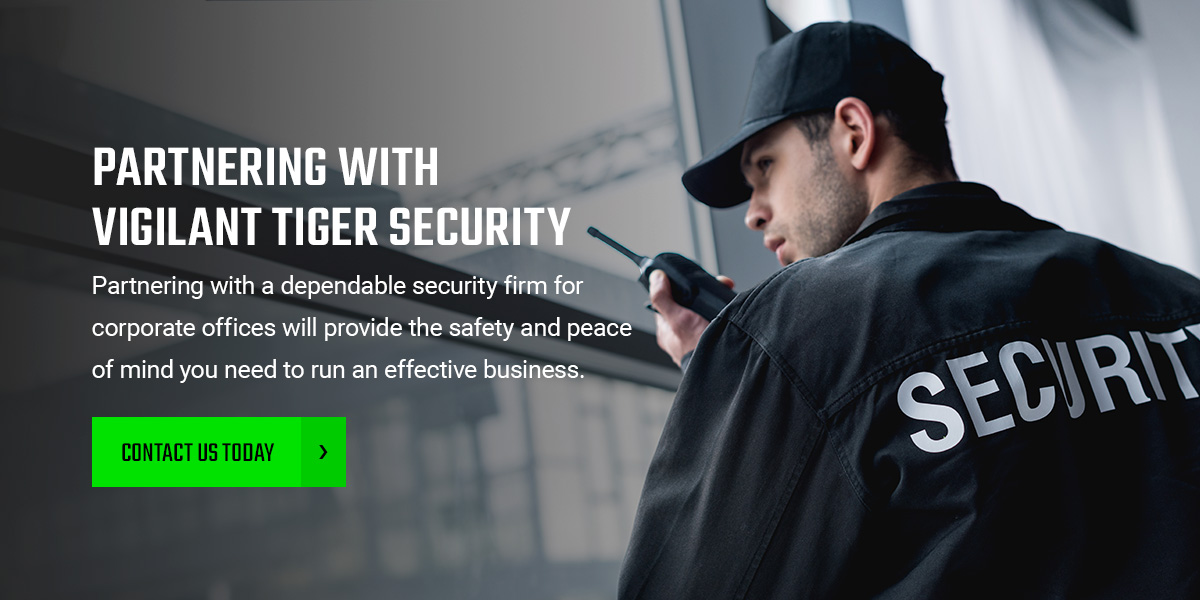Corporate Security Demystified: Enhancing Your Organization Defenses
Wiki Article
From Cybersecurity to Physical Actions: Reinforcing Business Protection in a Transforming World
By integrating the staminas of both cybersecurity and physical safety, companies can develop a thorough defense strategy that addresses the diverse variety of risks they deal with. In this discussion, we will certainly discover the altering hazard landscape, the requirement to incorporate cybersecurity and physical protection, the implementation of multi-factor authentication procedures, the importance of staff member awareness and training, and the adaptation of security steps for remote labor forces. By taking a look at these crucial locations, we will acquire important understandings right into how companies can enhance their company safety and security in an ever-changing world.Understanding the Altering Risk Landscape
The developing nature of the modern globe necessitates a comprehensive understanding of the changing hazard landscape for efficient business safety and security. It is important for companies to stay notified and adapt their protection determines to attend to these progressing threats.One trick facet of understanding the changing risk landscape is recognizing the different kinds of threats that organizations face. Additionally, physical threats such as theft, vandalism, and company reconnaissance continue to be common concerns for businesses.
Tracking and assessing the threat landscape is necessary in order to determine potential risks and vulnerabilities. This entails staying upgraded on the newest cybersecurity trends, assessing danger intelligence reports, and performing normal risk assessments. By recognizing the changing threat landscape, companies can proactively implement ideal safety and security procedures to reduce threats and shield their possessions, credibility, and stakeholders.
Integrating Cybersecurity and Physical Safety And Security
Incorporating cybersecurity and physical safety is critical for extensive corporate security in today's interconnected and electronic landscape. As companies significantly rely upon technology and interconnected systems, the boundaries between physical and cyber dangers are ending up being obscured. To successfully protect versus these dangers, an all natural strategy that integrates both cybersecurity and physical protection measures is essential.Cybersecurity concentrates on protecting digital possessions, such as systems, networks, and data, from unauthorized accessibility, disturbance, and theft. Physical safety, on the other hand, includes steps to protect physical properties, individuals, and facilities from risks and vulnerabilities. By incorporating these 2 domain names, companies can attend to vulnerabilities and hazards from both digital and physical angles, therefore boosting their total security posture.
The integration of these two self-controls enables an extra detailed understanding of safety and security threats and allows a unified reaction to events. Physical accessibility controls can be enhanced by integrating them with cybersecurity procedures, such as two-factor authentication or biometric recognition. Likewise, cybersecurity actions can be enhanced by physical security procedures, such as surveillance electronic cameras, alarm systems, and safe access factors.

Applying Multi-Factor Authentication Procedures
As organizations significantly focus on detailed protection procedures, one efficient approach is the execution of multi-factor verification procedures. Multi-factor authentication (MFA) is a protection method that needs individuals to offer multiple kinds of recognition to access a system or application. This method includes an extra layer of protection by incorporating something the individual knows, such as a password, with something they have, like a security or a finger print token.By carrying out MFA, organizations can considerably improve their safety and security Read Full Report position - corporate security. Typical password-based verification has its restrictions, as passwords can be conveniently compromised or failed to remember. MFA reduces these risks by including an additional authentication variable, making it harder for unapproved people to get to sensitive details
There are numerous kinds of multi-factor verification approaches readily available, including biometric verification, SMS-based verification codes, and equipment symbols. Organizations need to examine their certain requirements and select one of the most ideal MFA service for their needs.
Nonetheless, the application of MFA need to be very carefully planned and implemented. It is essential to strike a balance between safety and security and usability to stop customer aggravation and resistance. Organizations ought to additionally consider potential compatibility concerns and supply ample training and support to ensure a smooth transition.
Enhancing Staff Member Recognition and Training
To enhance company security, companies should prioritize boosting employee awareness and training. In today's rapidly progressing risk landscape, employees play an important role in guarding an organization's sensitive information and properties. Sadly, lots of protection violations occur due to human error or lack of awareness. Organizations need to spend in detailed training programs to enlighten their staff members concerning potential dangers and the ideal methods for mitigating them.Efficient staff member awareness and training programs should cover a large variety of subjects, including data defense, phishing attacks, social engineering, password hygiene, and physical protection steps. These programs ought to be customized to the particular requirements and duties of different worker functions within the company. Routine training workshops, sessions, and simulations can help employees develop the necessary abilities and understanding to identify and respond to safety and security dangers effectively.
Additionally, organizations ought to urge a society of security recognition and provide ongoing updates and reminders to keep staff members notified regarding the most up to date dangers my explanation and mitigation strategies. This can be done through inner communication channels, such as e-newsletters, intranet sites, and e-mail campaigns. By cultivating a security-conscious labor force, organizations can considerably lower the possibility of safety cases and secure their important possessions from unauthorized access or compromise.

Adapting Safety Procedures for Remote Workforce
Adjusting corporate safety procedures to accommodate a remote labor force is important in making certain the defense of delicate info and properties (corporate security). With the increasing pattern of remote job, organizations need to execute ideal protection steps to reduce the risks related to this brand-new way of functioningOne crucial facet of adapting protection procedures for remote job is developing safe communication networks. Encrypted messaging systems and online exclusive networks (VPNs) can assist protect sensitive information and prevent unapproved gain access to. In addition, companies read here ought to implement using solid passwords and multi-factor verification to improve the security of remote access.
An additional crucial consideration is the implementation of safe and secure remote gain access to services. This includes providing staff members with secure accessibility to corporate resources and data with digital desktop computer infrastructure (VDI), remote desktop procedures (RDP), or cloud-based remedies. These modern technologies make sure that sensitive details stays safeguarded while making it possible for staff members to execute their duties efficiently.

Last but not least, thorough safety and security recognition training is important for remote employees. Training sessions must cover finest practices for securely accessing and handling delicate info, recognizing and reporting phishing efforts, and keeping the general cybersecurity hygiene.
Final Thought
Finally, as the risk landscape remains to progress, it is critical for companies to reinforce their safety and security measures both in the cyber and physical domain names. Integrating cybersecurity and physical security, implementing multi-factor authentication steps, and enhancing staff member understanding and training are crucial steps in the direction of attaining durable corporate safety and security. Additionally, adjusting safety and security steps to suit remote workforces is necessary in today's transforming globe. By implementing these actions, companies can mitigate risks and shield their useful properties from potential risks.In this conversation, we will certainly check out the transforming risk landscape, the requirement to integrate cybersecurity and physical safety, the execution of multi-factor verification steps, the relevance of worker awareness and training, and the adaptation of safety steps for remote workforces. Cybersecurity measures can be enhanced by physical security actions, such as security electronic cameras, alarm systems, and protected gain access to factors.
As companies increasingly prioritize thorough safety and security procedures, one reliable strategy is the application of multi-factor authentication actions.In final thought, as the danger landscape proceeds to develop, it is important for companies to enhance their protection measures both in the cyber and physical domains. Incorporating cybersecurity and physical safety, implementing multi-factor authentication actions, and enhancing staff member recognition and training are necessary steps in the direction of attaining durable company protection.
Report this wiki page